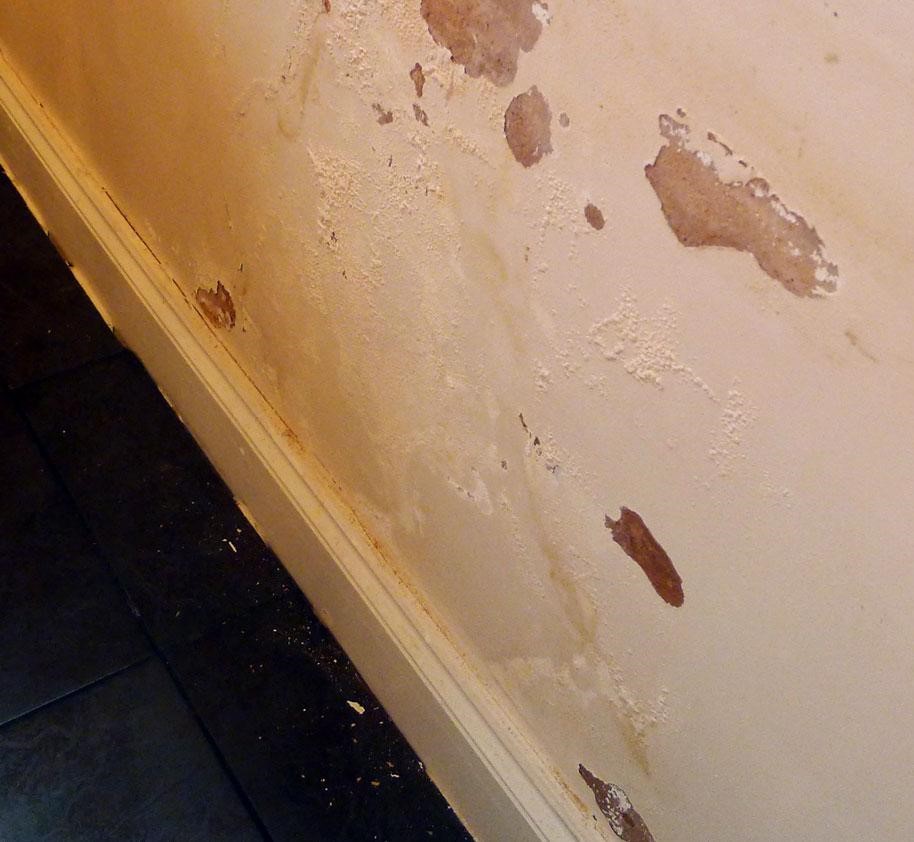Damp tiles can spoil a bathroom or kitchen by creating a slipping hazard, an allergy risk and/or an unpleasant smell. Thankfully there are ways to deal with damp tiles so that they are no longer an issue and it is something you will definitely want to sort out before your Estate Agents Gloucester way such as http://www.tgres.co.uk start arranging viewings of your property to potential buyers.
Dampness is a problem in many homes. It can cause accidents and encourage mould to grow in addition to smelling unpleasant. The presence of damp in the home can even make your family ill.
Reasons for dampness
There are two reasons for damp tiles in general: humid air in the room, and water trapped below the house. Firstly, it is important to dry out the damp room and think about whether you can reduce the moisture in the room.
For example, damp tiles in the bathroom can be dried by airing the room properly after showering. Open a window straight after showering and put on the extractor fan if you have one. You should also try to keep doors open to circulate the air. The same applies to tiles in kitchens.
Other steps to dry out damp tiles include wiping them down with a dry cloth and using a dehumidifier. This device should absorb the dampness in the air of the room. You might be able to keep the dampness at bay by using a dehumidifier regularly in the problem room.
Image Credit
Investigating beneath the house
If the problem is more serious, you may need to investigate beneath the house. Make sure you wear protective clothing, such as long sleeves and long trousers, which will protect your skin from insect bites. Use a strong torch to try to find the puddles beneath your home.
If there is water under the house, you can use a plastic sheet to create a barrier between the floor and the damp ground below. You can do this whether you have regular floorboards, carpeting or engineered flooring. You could remove the sheet when the ground is dry, repeating the procedure when there is heavy rainfall.
Damp tiles can also encourage mould growth. To avoid mould taking hold in your home, mix one teaspoon of bleach with one gallon of water. Spray the damp tiles with this solution and mop the floor with a damp cloth before allowing it to dry.





